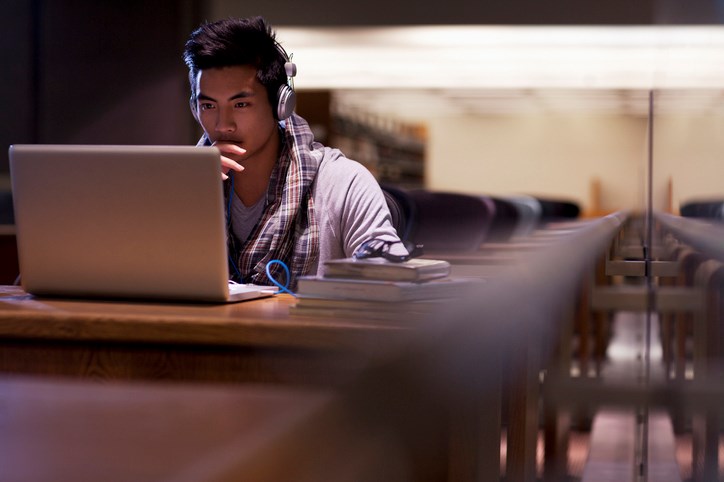B.C. post-secondary institutions will be able to deliver some semblance of normalcy this September as students head back to school.
The fall semester won’t look like it did in 2019, but it won’t look like it did in 2020, either. B.C.’s vaccination rate and COVID-19 containment, along with the possibility of welcoming international students back to B.C., will help reboot campus life at universities and colleges.
“We’re almost there,” Ainsley Carry, vice-president of students at the University of British Columbia (UBC), said in an online webinar about UBC’s return to campus. Some 1,500 students registered for the session.
“I know this has been a difficult year for you,” Carry added. “I understand the challenges that you face. I understand the loneliness, the depression, the anxiety that you might be experiencing as a results of our current mode of delivery of education all over the world.”
In accordance with the provincial government’s return-to-campus guidelines, B.C. post-secondary institutions are now easing on-campus COVID-19 restrictions.
By Sept. 7 at the earliest, they will be allowed to switch back to delivering education primarily in-person, with fully reopened common spaces, classrooms and buildings at capacity and normal social contact. Institutions will no longer be required to have a COVID-19 safety plan, and will instead have to shift to a communicable disease plan, which would apply to COVID-19 as well as other respiratory illnesses such as influenza.
“There’s going to be a lot of work between now and the start of classes on Sep. 7,” said Brent Calvert, president of the Federation of Post-Secondary Educators of BC, which has approximately 10,000 members from 20 independent staff and faculty unions.
“Through the pandemic, we turned on the dime 18 months ago, and brought in remote learning on an emergency basis,” Calvert said.
“The part that we’re not certain of right now is what is going to be the distribution of work across those formats. Is it going to be more of a return to the classroom as usual, or is it going to be a hybrid with classroom time and some online learning?”
At the British Columbia Institute of Technology (BCIT), Tom Roemer, vice-president, academic, said the operative word is “flexible” – which applies to work arrangements, modes of learning and options for learners in the post-pandemic era.
“In order to create flexible models, it’s not quite as simple as it sounds, because of course you have to create standards around it and then define outcomes and assign roles so that it doesn’t become a hodgepodge,” he said. “But it brings with it a lot of advantage.”
BCIT is planning to roll out what Roemer said will be a wide spectrum of short programs or “microcredentials” in the fall and winter semesters that will allow students to earn credentials for the skills and knowledge they gain in certain areas that can then be combined into a degree.
They could also forgo the traditional four years of education and use a single microcredential to meet specific employment and workplace needs.
“We don’t have a crystal ball,” Roemer said. “We want to work with the students; we want to see what resonates with them.”
As for ongoing health and safety planning on campus, Calvert said B.C.’s guidelines allow each institution’s health and safety committee some leeway in assessing how they plan for and address outbreaks or other concerns as they arise.
Questions remain about whether masks will be mandatory or vaccinations required.
“Those concerns are there, and I think everyone’s looking at the Lambda variant and what may happen,” Calvert said. “We’ve seen lots of countries progress towards opening up that have stopped and stalled. If something like that does happen, what’s the contingency plan?”
For September, the province suggests that wearing a mask will be a personal choice for those on campus. The province encourages but does not require full vaccination prior to arrival on campus.
A number of institutions in the United States – including Washington State University, California State University, Columbia University and Harvard University – require students, staff and faculty to be vaccinated. But many of the largest post-secondary institutions in the U.S. do not.


